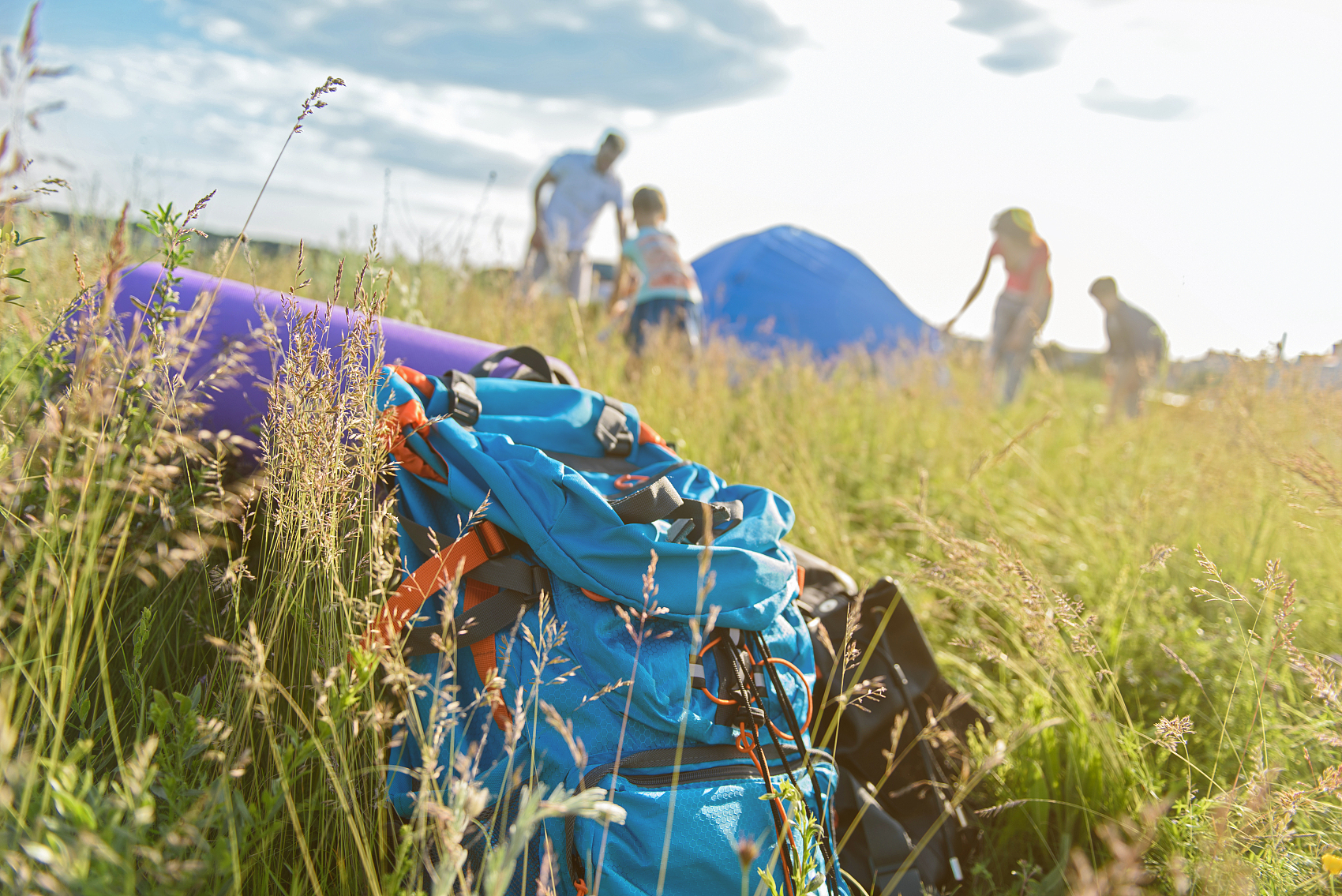Cycling is not only a fantastic way to keep fit but also an efficient and economical mode of transportation. It can help you maintain a healthy weight and improve your cardiovascular health, reducing the risk of heart disease. However, it’s essential to cycle safely to avoid accidents and injuries.
Choosing the Right Bike
Select a bike that fits the type of cycling you’ll be doing. For paved surfaces, a road bike or hybrid with smooth tires is ideal. If you prefer off-road trails, opt for a mountain bike with rugged, knobby tires. It’s crucial that your bike fits you properly to prevent loss of control and falls. You should be able to comfortably reach the ground with your feet when seated.
How Long and Far Should You Ride?
The duration and distance of your rides should depend on your fitness level and available time. Start with short rides of about 30 minutes at a moderate pace and gradually increase the length and intensity. Longer rides can cause chafing and saddle sores, so consider using chamois cream to prevent discomfort and infections. Stay hydrated and eat a healthy snack or meal before you ride, especially during your menstrual cycle, as it can impact your energy levels.

Dressing Appropriately
Wear suitable clothing for the weather and your environment. Opt for light-colored, loose-fitting clothes in hot weather to keep cool and protect against the sun. In cooler weather, layer your clothing for easy adjustment. If cycling in urban areas or after dark, wear bright or reflective clothing to ensure visibility to motorists.
Being Mindful of Your Surroundings
Always be alert and aware of your surroundings. Watch out for obstacles like potholes and debris, and be mindful of traffic and pedestrians. Follow traffic laws, signal your turns, and keep to the right on busy roads to stay safe.
Using Lights and Reflective Gear
Equip your bike with lights and reflective materials if you’re riding in low light or at night. A front light helps you see ahead, and a rear light makes you visible to following traffic. However, in well-lit conditions, stick to brightly colored clothing for visibility during the day.
Wearing a Helmet
A well-fitting helmet is crucial for protecting your head in case of falls or collisions. Ensure your helmet is certified and replace it every five years or after any significant impact.
Avoiding Distractions
Stay focused while cycling. Avoid using phones or listening to music on the ride. If you need to use your phone, stop safely first. Be cautious around other cyclists and pedestrians, giving them ample space as you pass.
Handling Accidents
If an accident occurs, assess the situation calmly. If there are injuries, call 911 immediately. Otherwise, exchange information with the other party and document the scene with photos for insurance purposes. Consider consulting with a personal injury lawyer if necessary.

Dealing with Road Rage
Remain patient and courteous on the road to avoid conflicts with drivers. If faced with road rage, stay calm and try to defuse the situation; if that fails, safely remove yourself from the area.
Never Ride Under the Influence
Avoid cycling under the influence of alcohol or drugs, as they impair your judgment and reaction time. Also, avoid riding when tired, as fatigue can significantly affect your cycling ability.
By following these tips, you can enjoy the many health and economic benefits of cycling while minimizing risks and staying safe on the road.








